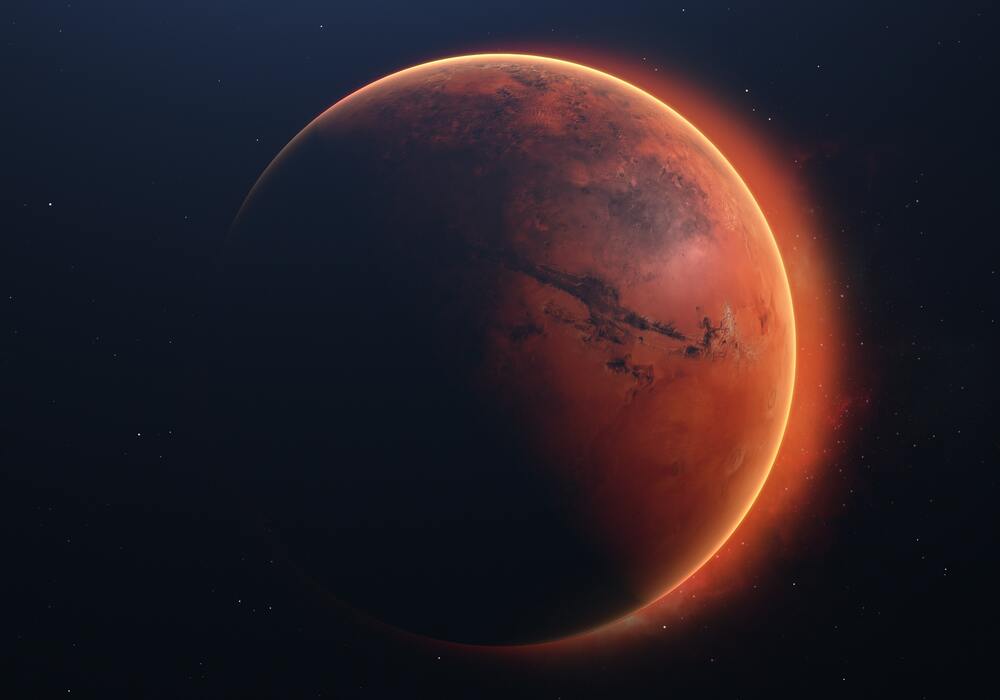After a chaotic merger of a pair of galaxies, the intense gravity twists a large, glowing ring of stars like a poached egg with 2 yolks.
In the Southern Hemisphere sky is a strange cluster of galaxies collectively known as the Arp-Madore, containing galaxies delicately interacting with each other.
There are also galaxies colliding violently, and the catalog contains more than 6,000 images of unusual galaxies.
Among them, Arp-Madore 417-391, about 670 million light-years away from Earth, is the result of a pair of galaxies colliding with each other.
The Hubble Space Telescope, which has contributed to scientific research for 20 years, continues to send back amazing photos.
More recent images of Arp-Madore 417-391 were captured using the Advanced Camera for Surveys (ACS).
Two galaxies can be seen twisted by gravity into a giant ring, with their cores nestled side by side.
According to NASA, galaxy mergers with ring structures are extremely rare and require two galaxies to collide directly head-on, rather than slowly pulling each other closer together through gravity.
The rings that emerged after this collision will only exist temporarily for about 100 million years.
After that, the stars in the ring will be gradually pulled back to the parent galaxy and merged into a new galaxy after 1 to 2 billion years.
At present, there are about 100 known rings produced by the merging of galaxies, but it is rare to see such a perfect ring as Arp-Madore 417-391.
This symmetrical shape is likely due to the colliding galaxies being about the same size, though the exact mechanism by which the rings form remains unknown.




